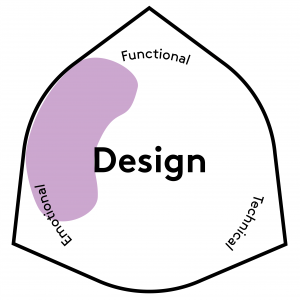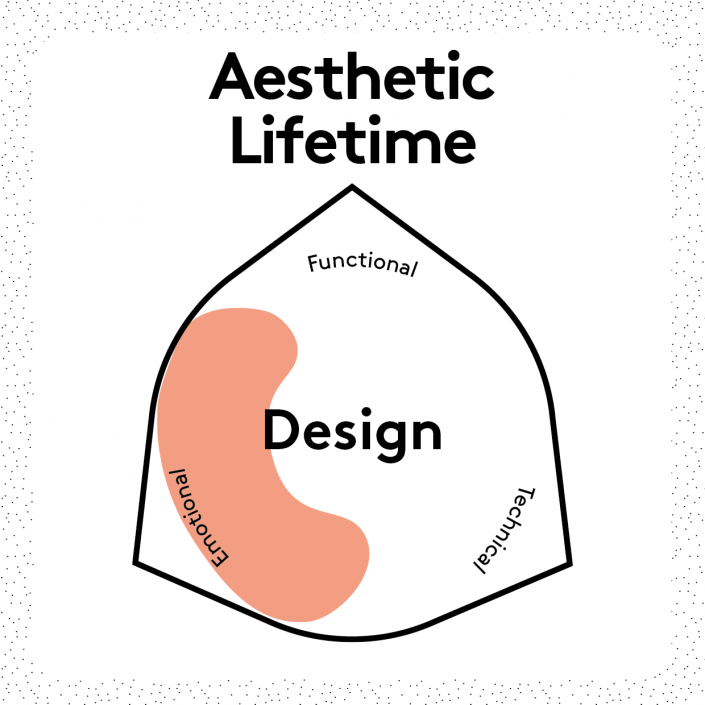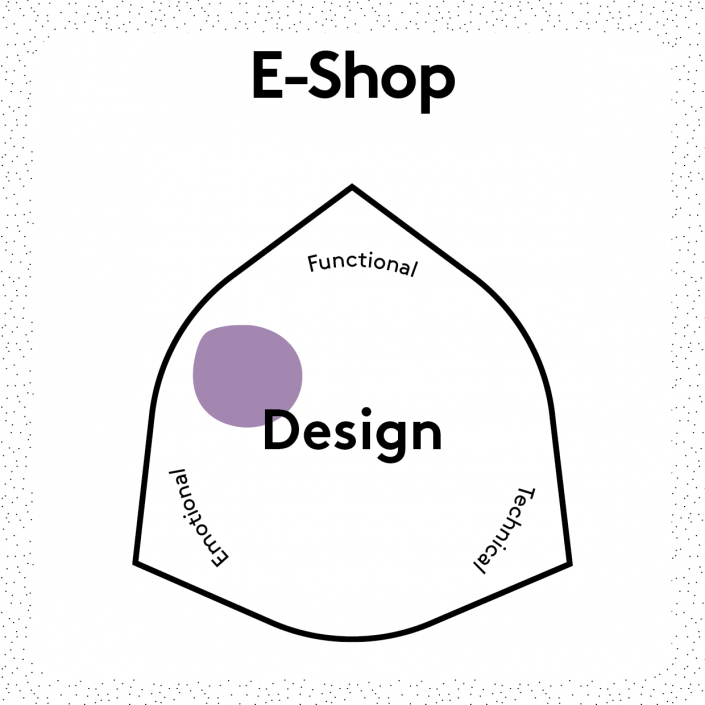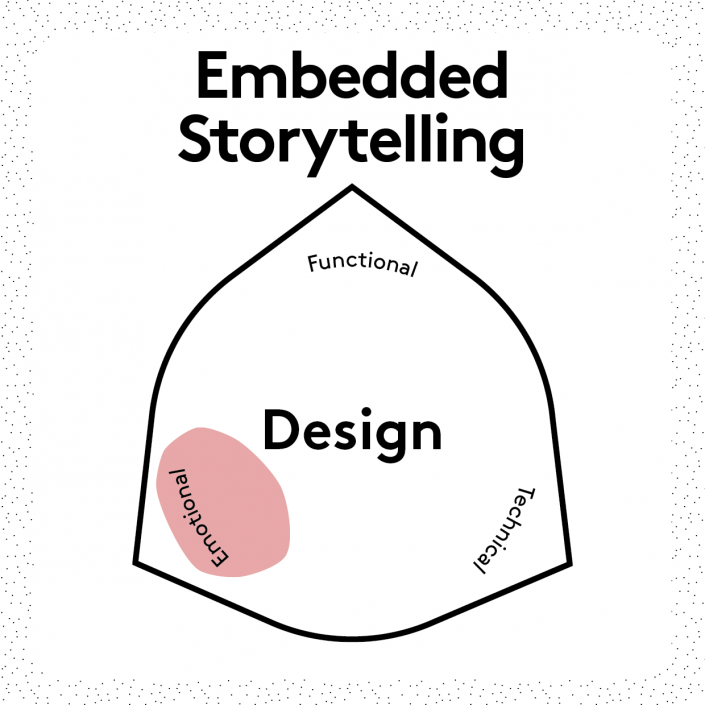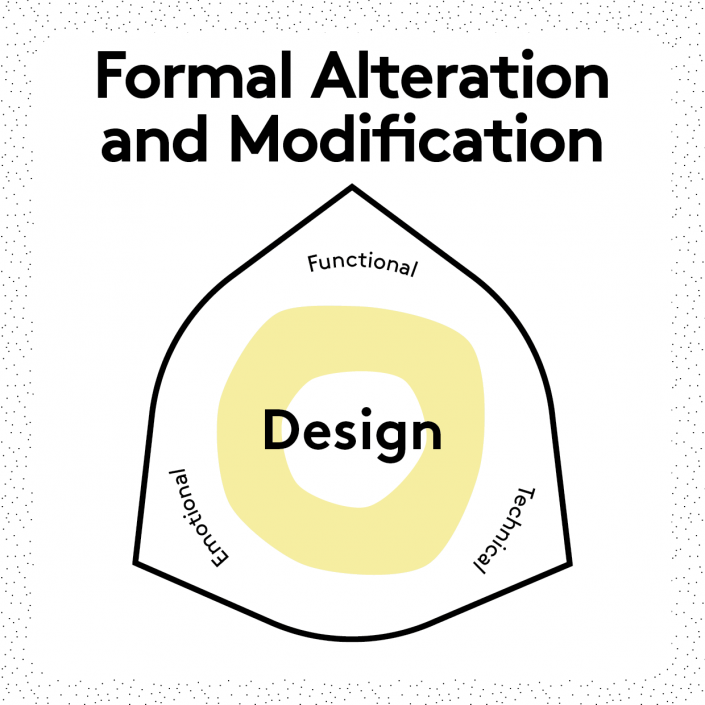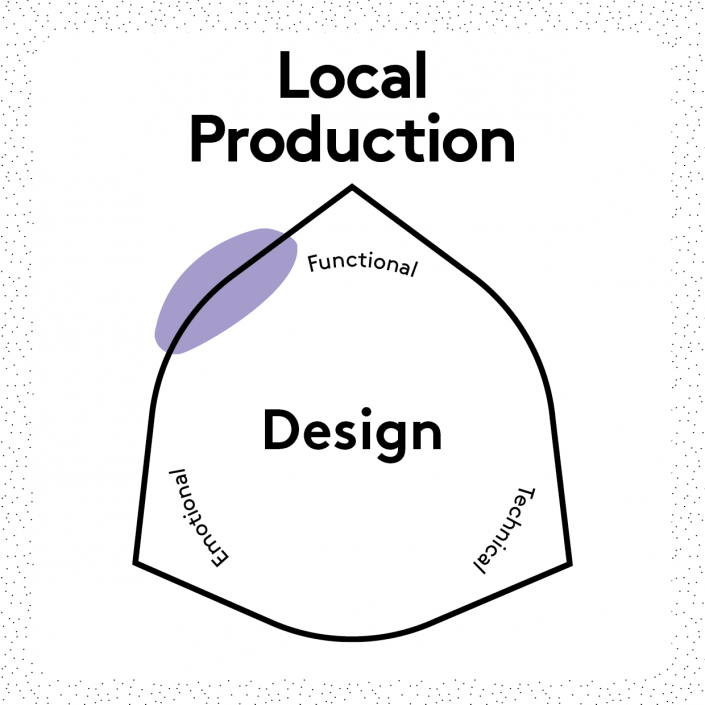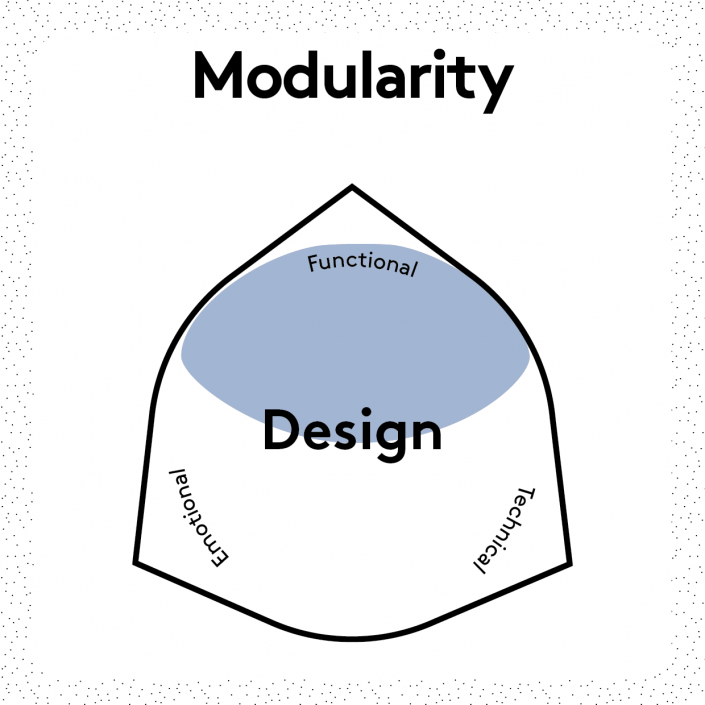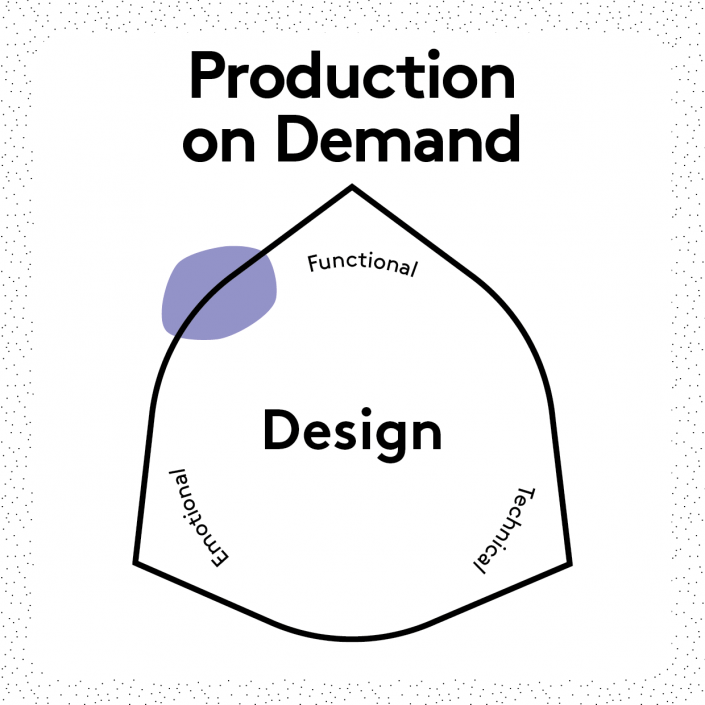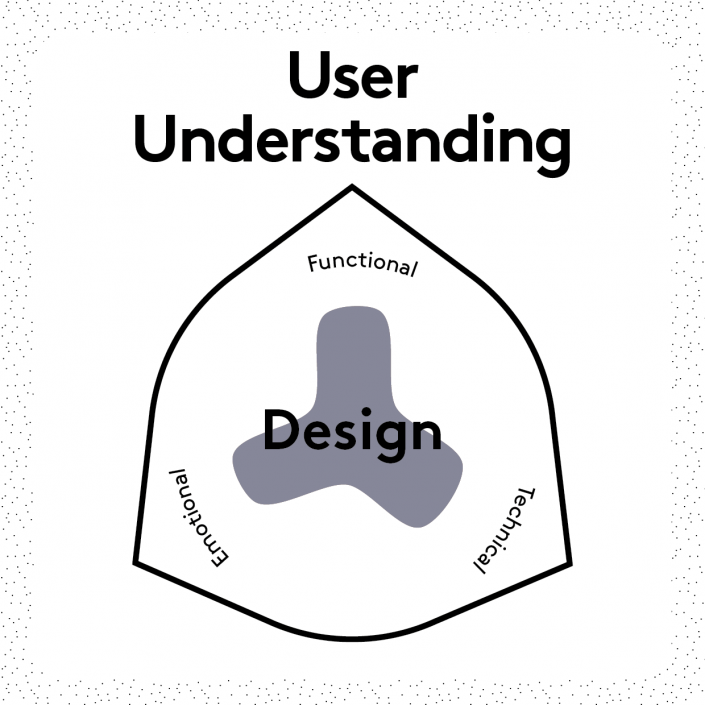What?
Users can influence the final product, before production, in relation to individual user needs and aesthetic preferences.
Why?
Customisation can support product longevity through stronger user satisfaction and emotional investment.
Challenges
- Users may not want to make choices, or choices might be influenced by trends.
- Requires a user friendly system.
- Requires a flexible production infrastructure.
Examples
- The online platform Apliiq offers high flexibility and customization opportunities for entrepreneurs willing to launch small batches of garments.
- Some furniture companies offer customers high degrees of personalisation, as seen in Moebe’s shelving system.
- Unmade’s demand-driven software for the fashion industry.
Further Reading
Dissanayake (2020). Does Mass Customization Enable Sustainability in the Fashion Industry? In: Fashion Industry: An Itinerary Between Feelings and Technology. IntechOpen.
Schüler et al. (2019). Motives and Barriers Affecting Consumers’ Co-Creation in the Physical Store. The International Review of Retail, Distribution and Consumer Research, 30(3), 1-22.
Zaggl et al. (2018). The Choice Between Uniqueness and Conformity in Mass Customization. R&D Management, 49(2), 204-221.

